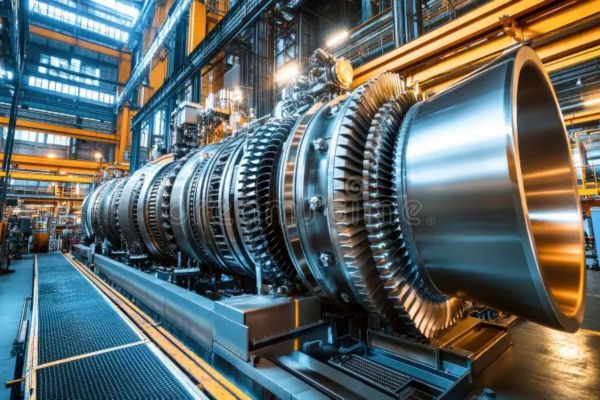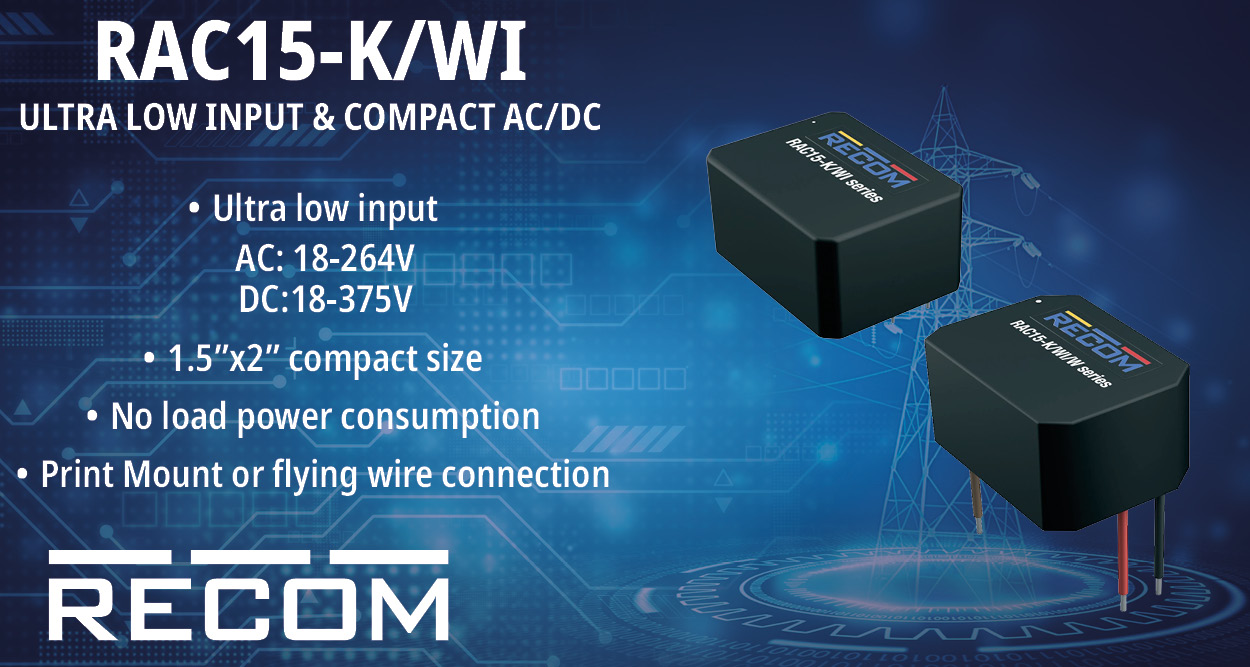The global steam turbine aftermarket size is estimated at USD 4.36 billion in 2025 to predicted to be worth around USD 6.61 billion by 2034, growing at a CAGR of 4.69% from 2025 to 2034. This growth is not only driven by asset aging, but also by increasing demand for efficiency, digitization, and operational flexibility.
The global steam turbine aftermarket is no longer just a support function it is a strategic pillar in today’s energy ecosystem. As steam turbines continue to serve in power generation, chemical, refining, and industrial processes, the need to maintain, upgrade, and extend the life of these assets has accelerated.
What’s Powering the Aftermarket Boom
The aftermarket is gaining relevance due to multiple converging factors. Many existing turbines in developed markets like the U.S., Germany, and Japan have surpassed their original lifecycle expectations, creating a robust market for retrofits, reengineering, and spare parts. The global regional footprint tells a similar story: in 2024, Asia Pacific led the aftermarket value at USD 1.71 billion, followed by North America at USD 1321.1 million, and Europe at USD 783.4 million.
Interestingly, despite a lower absolute value, Asia Pacific commands the highest market share at 41.01%, driven by demand for life extension services in large-scale thermal power infrastructure in countries like China and India. North America follows with 31.59%, and Europe contributes 18.73%, highlighting mature infrastructure with growing digital retrofit needs. Meanwhile, Latin America (USD 201.3 million) and the Middle East and Africa (MEA), with a combined market share of 8.66%, represent emerging markets with untapped service potential.
Market Intelligence Rooted in Real-Time Queries
Today’s steam turbine stakeholders from OEMs to operators are digitally engaged. Across platforms like Google, ChatGPT, and Bing, the most frequently searched terms reveal what the industry is truly concerned with. Phrases such as “steam turbine seal replacement,” “common steam turbine failures,” and “aftermarket blade suppliers” dominate search trends. This online behavior mirrors real-world demand: reliability, part availability, lifecycle cost, and performance upgrades.
In North America alone, the United States accounts for 85.28% of the regional market, demonstrating the dominance of turbine-heavy utilities and industrial operators. Buyers are not merely placing orders they are researching failure diagnostics, evaluating the ROI of retrofit solutions, and comparing aftermarket service partners based on response times and technical depth.
China and India: Asia’s Aftermarket Powerhouses
The Asia-Pacific region’s dominance in market share is underpinned by China’s staggering 72.93% hold of the regional steam turbine aftermarket. The country’s legacy coal-fired fleet and rapid industrialization have created demand for continuous maintenance and modernization. India, with a 13.07% share, is emerging as another key market, where the push toward efficiency improvements and reduced emissions is fueling interest in turbine retrofits and performance upgrades. Japan (2.96%) and the rest of Asia Pacific (11.03%) contribute smaller yet strategically important portions of the market.
A Market Profile Built on Complexity and Growth
The steam turbine aftermarket in 2024 is underpinned by a wide range of service demands. Services such as upgrades and diagnostics accounted for the largest segment, contributing USD 1.76 billion, followed by repair services at USD 1.37 billion, and spare parts at USD 1.06 billion. This segmentation reflects a shift from simple replacement to engineering-centric maintenance that enhances efficiency, output, and flexibility.
Global Steam Turbine Aftermarket Revenue (US$ Million), By Type of Service 2021 to 2024
| Type of Service | 2021 | 2022 | 2023 | 2024 |
| Spare Parts | 954.8 | 987.9 | 1,022.80 | 1,059.60 |
| Repair | 1,202.20 | 1,253.80 | 1,308.50 | 1,366.40 |
| Services | 1,534.50 | 1,604.10 | 1,677.70 | 1,755.80 |
From a technological perspective, fossil-based turbines continue to dominate, generating USD 1.95 billion in aftermarket activity in 2024. However, there is growing traction in combined-cycle units, which reached USD 1.02 billion, driven by their role in hybrid and flexible power plants. Nuclear applications contributed USD 780 million, while thermal renewable turbines representing biomass and waste heat recovery enerated USD 430 million, signaling gradual diversification in turbine sources.
Global Steam Turbine Aftermarket Revenue (US$ Million), By Technology 2021 to 2024
| Technology | 2021 | 2022 | 2023 | 2024 |
| Combined Cycle | 873.7 | 920.2 | 969.80 | 1,022.70 |
| Fossil | 1,797.70 | 1,845.70 | 1,896.00 | 1,948.90 |
| Nuclear | 670.10 | 704.40 | 741.00 | 780.00 |
| Thermal Renewable | 349.90 | 375.50 | 402.20 | 430.20 |
Segmenting Demand by Capacity and Application
Steam turbine servicing needs vary significantly by machine size. In 2024, turbines rated 100 MW to 300 MW contributed the most to aftermarket revenue, reaching USD 1.3 billion, followed closely by the 50 MW to 100 MW range at USD 1.05 billion. Smaller units below 50 MW are gaining aftermarket relevance as distributed generation and co-generation systems expand, contributing USD 867.4 million. The segment for 300 MW to 600 MW turbines and those above 600 MW together contributed nearly USD 963 million, reflecting heavy maintenance cycles in base-load installations.
In terms of end-user industries, power generation continues to lead, accounting for USD 2.51 billion in 2024. Oil & gas followed with USD 1.05 billion, driven by upstream and refining turbine demand, while general industries such as pulp & paper, chemicals, and cement accounted for USD 616.8 million. This dispersion highlights the cross-sectoral importance of steam turbines as critical rotating assets.
Global Steam Turbine Aftermarket Revenue (US$ Million), By Capacity 2021 to 2024
| Capacity | 2021 | 2022 | 2023 | 2024 |
| Less than 50 MW | 738.70 | 778.9 | 821.70 | 867.40 |
| 50 MW to 100 MW | 917.40 | 959.60 | 1,004.30 | 1,051.70 |
| 100 MW to 300 MW | 1,169.20 | 1,210.50 | 1,254.10 | 1,300.00 |
| 300 MW to 600 MW | 531.80 | 548.3 | 565.6 | 583.9 |
| 600 MW and Above | 334.30 | 348.50 | 363.40 | 378.80 |
From OEM Legacy to Engineering Independence
Where once OEMs controlled the entire lifecycle of turbine assets, the rise of independent service providers (ISPs) has created a more competitive and innovative aftermarket landscape. ISPs are increasingly offering reverse-engineered parts, customized upgrade kits, and specialized field services—all without the premium cost structure of OEM contracts.
Europe’s high-value aftermarket is a testament to this transition. Operators are turning to third-party vendors not only for cost savings but for technical flexibility—particularly in cases where original components are obsolete. In emerging markets, the role of local ISPs is even more pronounced, supporting regional clients with reduced lead times and contextual engineering solutions.
The Digital Reinvention of Turbine Maintenance
As lifecycle management becomes more data-driven, the aftermarket is experiencing a digital evolution. Maintenance decisions are no longer based solely on running hours or static intervals. With the integration of sensors, real-time telemetry, and AI-powered analytics, condition-based monitoring (CBM) and predictive diagnostics have become industry standards.
From digital twins that simulate turbine behavior to cloud-based dashboards that track vibration, temperature, and thermal stress, digital technologies are transforming the way turbines are serviced. These advancements are particularly crucial in high-demand regions like the U.S. and China, where operational disruptions carry significant economic consequences.
Retrofitting for Efficiency and Longevity
While replacement may seem like the most straightforward approach, retrofitting has proven to be the more economical and sustainable option. In a capital-constrained environment, turbine operators are focusing on thermal efficiency gains, emissions control, and adaptive load response all of which can be achieved through targeted retrofits. These include seal upgrades, new-generation blading, and control system modernization.
With global steam demand evolving due to renewables integration and environmental regulations, turbine performance flexibility is now a critical asset. This is where retrofitting is not merely maintenance it’s strategic reinvestment. https://www.precedenceresearch.com/sample/6128

















